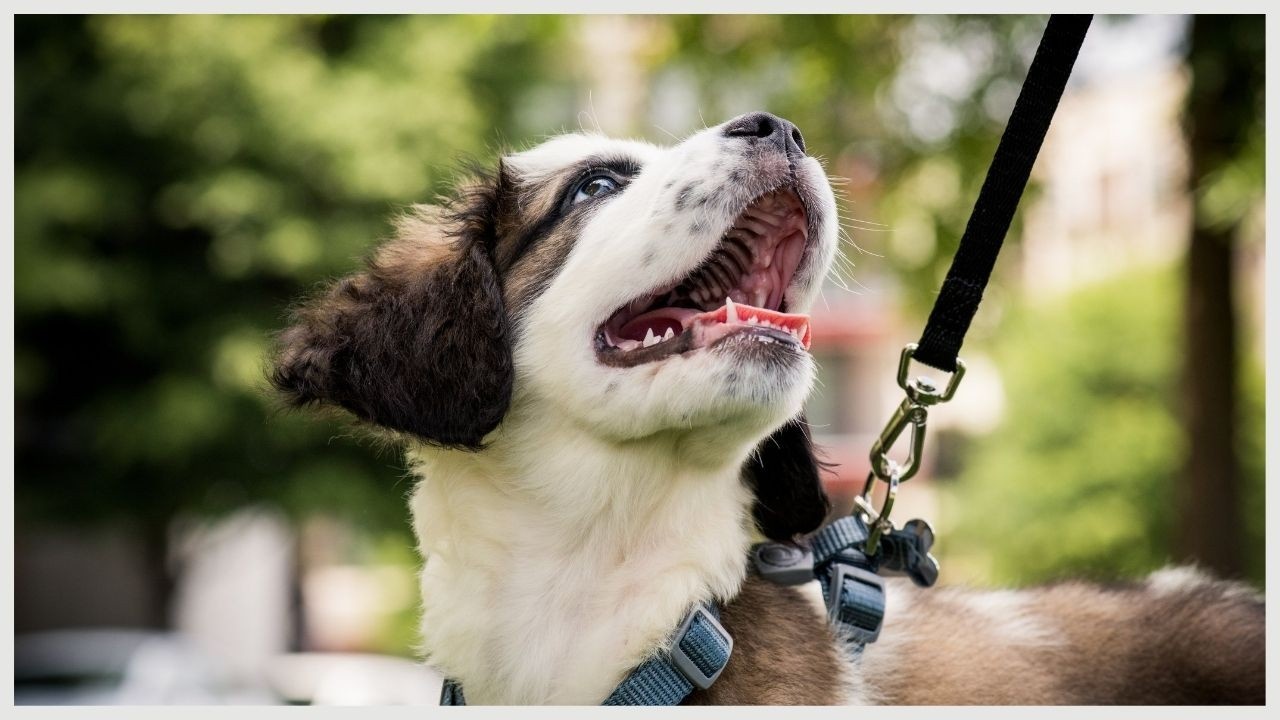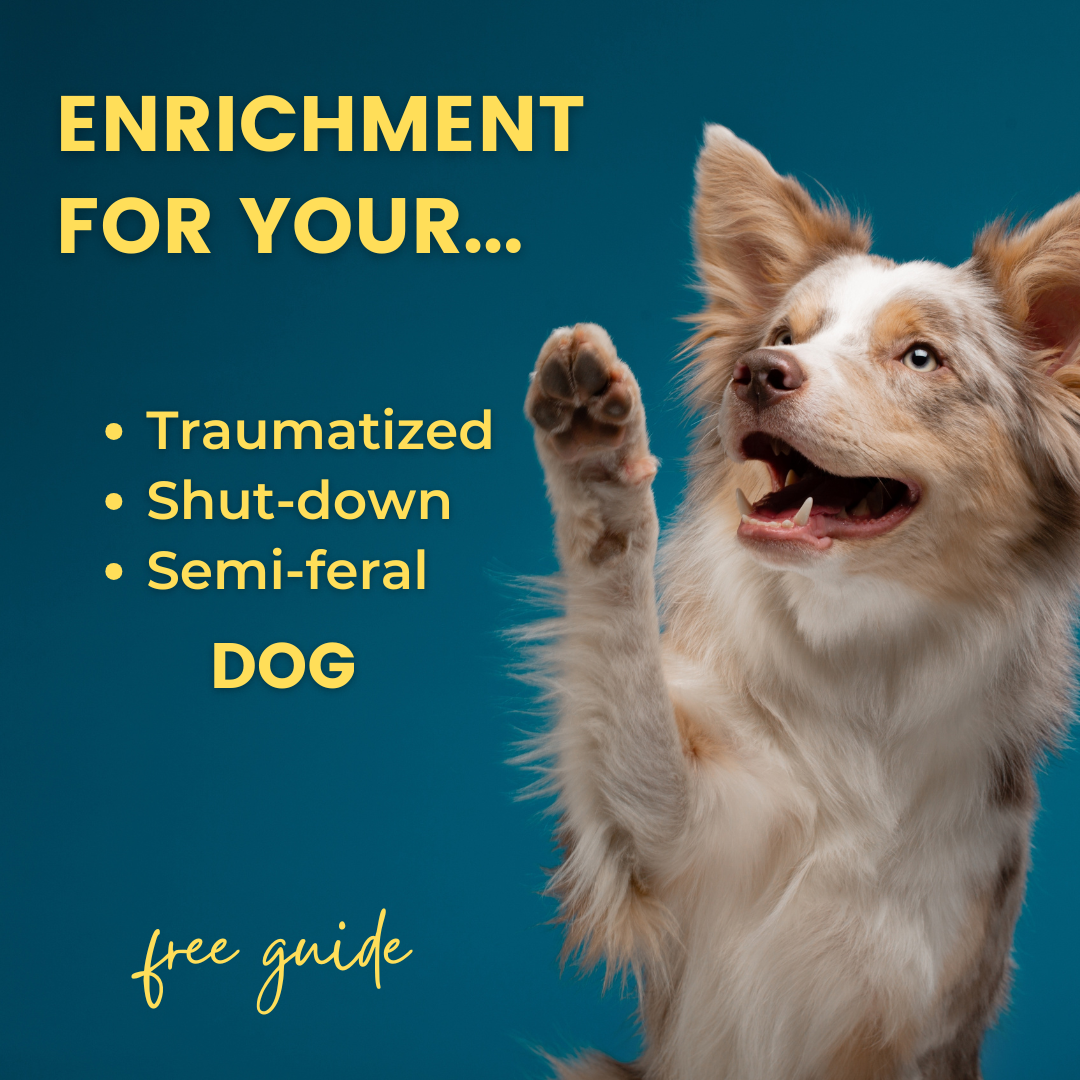Winter Treat Delivery Strategies
Jan 25, 2022
Do you find your enthusiasm for outdoor dog training waning during the winter months? If your weather is cold and snowy, it might make treat delivery harder than usual. In this video, I discuss some strategies for training your dog with treats in winter weather. Here are some strategies to keep your fingers warm while training in the cold.
Winter Walking Challenges
Walks can be more difficult during winter in a snowy climate for many reasons:
- Cold fingers: Your fingers may grow cold quickly, becoming both stiff and uncomfortable;
- Treats lost in the snow: Treats can become lost in powdery snow. Many dogs won't want to stick their muzzle into the snowbank to find them;
- Ice: Icy sidewalks or trails can be a safety hazard for both people and dogs.
Helpful Gear
Carrying the right gear can help make walks in the snow and ice a little easier. Here are some of the items I like to use on winter walks with my own dogs:
- Mittens with fingers: Fingerless gloves with a mitten flap allow you to use your fingers to handle treats, then cover them up again to keep them warm.
- Thin cotton gloves: I have found that thin, stretchy cotton gloves don't impede treat handling very much. These might be warm enough if your winters are mild. Or, you could wear them under your convertible mittens for an added layer of warmth.
- Hand warmers: Chemical hand warmer packets can easily fit inside the flap of convertible mittens to re-heat your fingers after you've had them out in the cold to deliver treats to your dog.
- Mittens with treat storage: Many heavier-duty mittens made for winter sports have zippered pockets on the outside. These can be used to store an opened cheese stick or another large treat to break up.
- Walking traction spikes: Traction spikes can help you when walking over slippery, icy ground. This is especially important if your dog tends to pull.
- Treat tubes: Soft, gooey treats can be squeezed out of silicon tubes, or baby food pouches, and don't require you to take your hands out of your gloves or mittens.
Treat Delivery Options
Here are a few methods for giving your dogs treats when you train in winter conditions:
- By hand: This tends to be easiest with your fingers out of the mittens or gloves;
- Tubes and pouches: These allow you to keep your hands covered while squeezing a thick, soft treat out of the pouch or tube.
- Spitting treats: This method lacks precision, and you'll want to use treats that are human-grade food. But, if it's cold enough that you really don't want your fingers exposed even for a short time, you can bite off a chunk of something like string cheese, which can be kept in your mitten "pocket", and shoot it out of your mouth towards your dog;
- Treat scatters: Treat scatters onto the ground can be another great option as they don't require a lot of dexterity. You can toss treats onto the snow without taking off your mittens.
I hope you enjoy this week's video and try some new treat delivery methods or gear when you're out with your dog in the cold.
If you're looking for more one-on-one guidance with your fearful dog, check out our online training membership, the Reactive Dog Academy. For a more personalized plan, sign up for private training.
If you are working on training and walking, we want to hear about your successes or struggles. Join our Facebook group and post your questions or comments there, or email us at [email protected].



